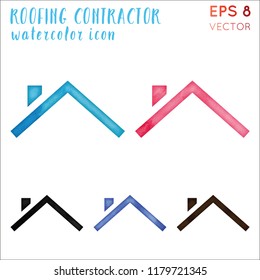Steps To Ready Your Walls For A Remarkable Paint Job
Steps To Ready Your Walls For A Remarkable Paint Job
Blog Article
Author-Brun Haugaard
Attaining a remarkable paint task starts with meticulous wall surface preparation. From filling in blemishes to priming surface areas, each step plays a crucial duty in the final outcome. But what regarding those challenging edges and sides that can make or damage the general appearance? Stay tuned to find expert tips on exactly how to navigate these tough areas with skill, making certain a seamless coating that will boost your room to new elevations of class.
Wall Surface Inspection and Repair
Inspecting walls for any kind of flaws and without delay resolving them via required fixings is essential for attaining a smooth and perfect paint work. Before beginning the painting procedure, very carefully examine the wall surfaces for cracks, holes, damages, or any other damage that might impact the result.
Begin by filling in any type of splits or holes with spackling substance, enabling it to completely dry completely prior to sanding it down to produce a smooth surface. For larger damages or harmed locations, take into consideration making use of joint compound to make certain a smooth repair.
Additionally, learn the facts here now for any kind of loosened paint or wallpaper that may need to be eliminated. Remove any peeling paint or old wallpaper, and sand the surface area to develop a consistent structure.
It's likewise vital to examine for water damages, as this can cause mold and mildew growth and influence the adhesion of the brand-new paint. Attend to any type of water spots or mold with the ideal cleaning solutions prior to waging the paint process.
Cleansing and Surface Preparation
To guarantee a pristine and well-prepared surface for painting, the following step entails extensively cleansing and prepping the wall surfaces. Begin by cleaning house painters indianapolis with a microfiber fabric or a duster to remove any loosened dust, webs, or particles.
For more stubborn dirt or grime, a service of moderate cleaning agent and water can be utilized to gently scrub the walls, complied with by a detailed rinse with tidy water. Pay special interest to locations near light buttons, door deals with, and walls, as these often tend to gather more dust.
After cleansing, it is vital to examine the walls for any type of fractures, holes, or imperfections. straightline construction must be loaded with spackling compound and sanded smooth when completely dry. Sanding the walls gently with fine-grit sandpaper will certainly additionally aid develop a consistent surface for painting.
Priming and Insulation
Before paint, the wall surfaces need to be topped to make certain appropriate adhesion of the paint and taped to protect surrounding surface areas from roaming brushstrokes. Priming works as an important step in the paint process, particularly for brand-new drywall or surfaces that have been covered or repaired. It helps secure the wall surface, producing a smooth and consistent surface area for the paint to follow. In addition, primer can boost the longevity and protection of the paint, ultimately bring about an extra professional and long-lasting coating.
When it concerns taping, utilizing painter's tape along trim, ceilings, and various other surfaces you wish to secure is important to achieve tidy and crisp paint lines. Painter's tape is made to be quickly applied and eliminated without damaging the underlying surface or leaving behind any kind of residue. Put in the time to appropriately tape off locations before repainting to conserve on your own the inconvenience of touch-ups later.
exterior paint gallery
In conclusion, properly preparing your wall surfaces before paint is important for attaining a flawless finish. By inspecting for flaws, cleaning up completely, topping the surface area, and making use of painter's tape for tidy lines, you can make sure a professional-looking paint work.
Taking the time to complete these steps will lead to a smooth and resilient coating that improves the overall look of your area.
